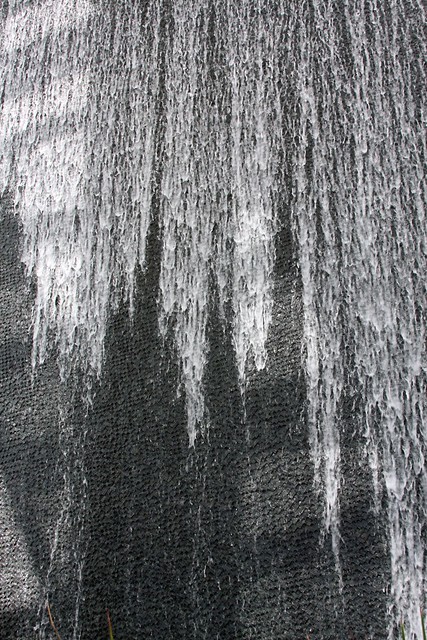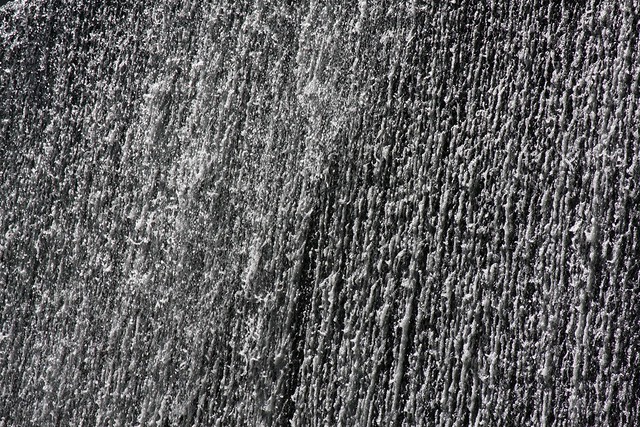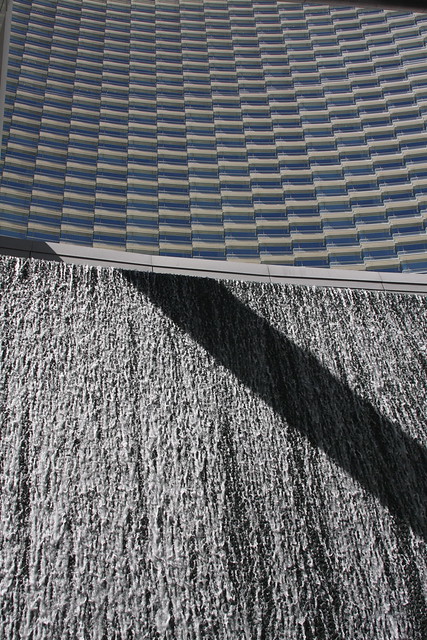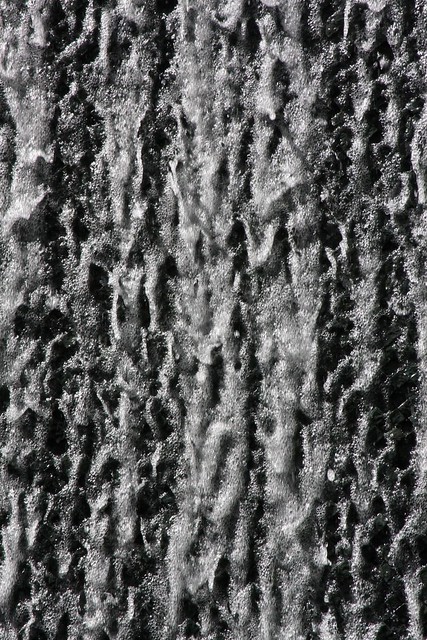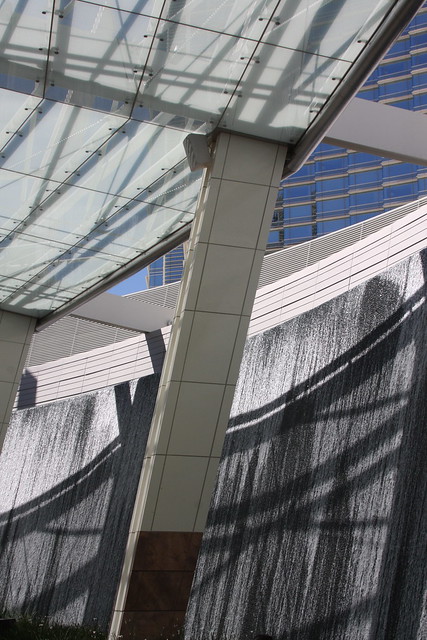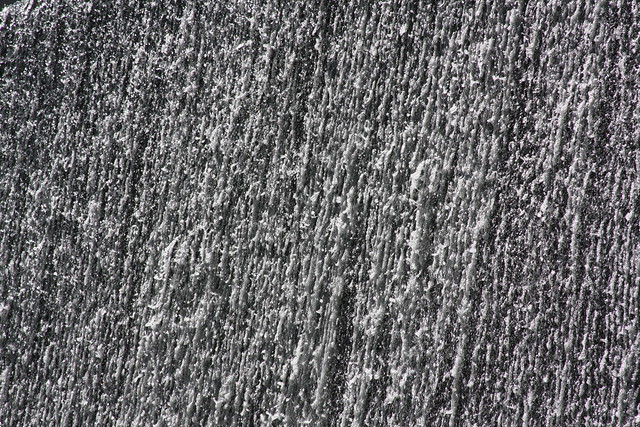View Larger Map
Today's thrilling adventure takes us back to Howell Territorial Park on Sauvie Island. I previously posted some photos of apples and hydrangeas taken there, but I haven't gotten around to doing a post on the park as a whole. I think the big reason for this is that the park preserves a historic pioneer-era farm and farmhouse, and I just don't find pioneer history all that compelling. I mean, our local creation story is basically the tale of some farmers looking for better farmland, and traveling a long way to get it. I mean, it's not exactly a Viking saga full of swords and dragons, or a legend about being descended from a moon goddess, even if we do have our own video game. Other than surviving the long journey, I'm not aware that any pioneers really did or said anything particularly fascinating. If any of them kept scandalous secret diaries, they haven't surfaced yet. And then there's the small matter of what happened to the previous human population when settlers showed up.
If you're wondering why I visited at all, I was visiting Sauvie Island to take a few photos of the new bridge (which I haven't quite posted yet), and I made a side trip to wander around Wapato Greenway for a bit. So since I was in the area, I though I'd take a look at this park too.
If you do happen to be a pioneer history nut, sadly the park doesn't offer much in the way of attractions. You'd think that it would, but it doesn't. The historic Bybee-Howell farmhouse is empty and closed to the public. I assume that's due to lack of funds, because this is Oregon and everything chronically lacks funds. I took a couple of photos peeking through various windows, but they aren't very interesting photos. The old orchard is a bit more interesting, as it apparently preserves a number of rare heirloom apple varieties. I've read that there's also an old rose garden somewhere on the grounds as well, although they weren't blooming when I visited so I don't have any photos of that. There's a little info about the grounds here, but I haven't come across anything resembling a guide to the place or even just a list of what's here.
The grounds are home to a sculpture titled Herons, by Portland artist Tom Hardy. This is according to a post at the Portland Public Art blog. I initially knew nothing about this thing, since there doesn't seem to be a sign giving the name or artist on the sculpture itself, or anywhere nearby, or on Metro's web page about the park for that matter. The State Archives has a photo of it, but no further info beyond that, not even a name. So apparently I'm not the only one who's been stymied by the lack of signage.
The park does get a quick mention in a 2000 New York Times article going on about the wonders of Sauvie Island. No, seriously. It's a good article, it's just kind of weird that it showed up in a New York newspaper. I didn't realize the NYT was already stalking Portland back then, but apparently so. Just as a quick factoid for you, it seems that Sauvie Island is 40% larger than Manhattan (33 square miles vs. 23), and has just 1/1000 of the population.
For those of a more wonkish bent, I did find Metro's 1997 Master Plan for the park, as well as a 2000 conditional use permit from Multnomah County basically signing off on the master plan. It's not clear how much of this plan was ever implemented, though. The proposed expansion of visitor facilities doesn't seem to have panned out, at any rate. No gift shop, no overnight guest accomodations, not even a convenient source of coffee, which is just uncivilized.
